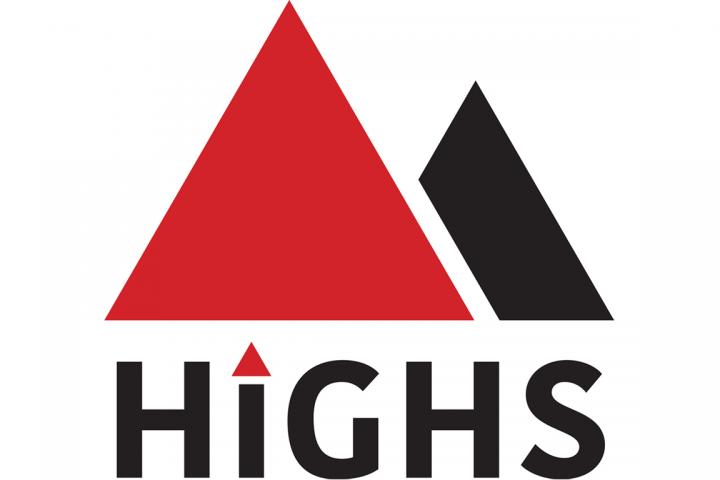Impact
The socio-economic impact of research is of ever increasing importance, and examples of recent and current impact successes in Optimization and OR are listed here
Global food solutions via optimal diet formulations

Research Team: Julian Hall, Ken McKinnon, Andreas Grothey, Ivet Galabova
Impact on food formulation: High performance optimization software is essential to the efficient formulation of food, particularly in the (farm) animal and pet food markets, but also in important areas of human food production.
Beneficiaries: The optimization solvers have been largely developed for Format Solutions, the world’s leading supplier of software for food formulation.
Significance and Reach: The reach is global. Significance is demonstrated by the dependence of Format Solutions on the Edinburgh technology when selling its software – in particular to a manufacturer producing more than half of the world’s pet food.
Risk of ‘the lights going out’

Research Team: Chris Dent
Maxwell Institute researchers have advised the National Grid on development of methodology for assessing the risk of future electricity supply shortfalls (commonly known as ‘the lights going out’), and the amount of supply capacity which should be procured to keep this risk to an ap
propriate level. Recent topics have included how to compare contributions of new technologies (e.g. renewables and storage) on a fair basis with conventional generating capacity (gas, nuclear etc), and how to manage uncertainty in the future background against which capacity procurement decisions are taken
HiGHS

Research Team: Julian Hall and Ivet Galabova
HiGHS is an open-source software project that brings modern high performance solvers for linear optimization to the industrial and academic worlds. Building on the award-winning research work of Hall, HiGHS currently solves linear programming (LP) problems via the simplex and interior point methods, mixed-integer programming (MIP) problems and quadratic programming (QP) problems using an active set solver. These are the fundamental models for optimal decision-making. The overall performance of HiGHS in the industry standard benchmarks exceeds that of any other open-source linear optimization software in the world. HiGHS is used by industrial partners such as Format Solutions (Cargill), and is being developed in collaboration with other companies. Beyond the commercial world, HiGHS provides the default LP and MIP solvers in MATLAB and the SciPy, the MIP solver in the NAG library, and is the documented solver in the popular modern Julia-based modelling and optimization system JuMP. Written in C++, there are APIs to allow HiGHS to be called from C, C#, FORTRAN, Javascript, Julia and Rust. HiGHS is available as a solver for the modelling languages AMPL, GAMS, Pyomo and PuLP, and is callable from R. The highspy Python interface and modelling language is available from PyPI. HiGHS has recently been identified as a game-changer in the open-source energy systems planning community, opening up opportunities for larger scale modelling by non-governmental organizations, early-stage companies, and government ministries in lower income countries. With a growing number of users, big and small, the goal of HiGHS is the world’s premier open-source resource for linear optimization.

